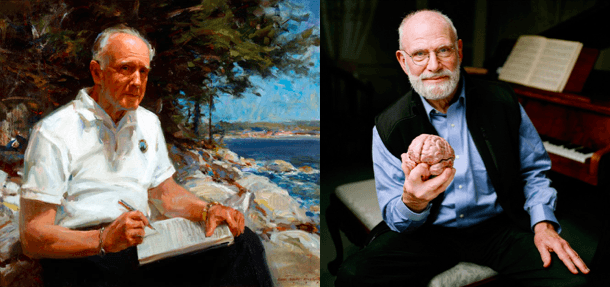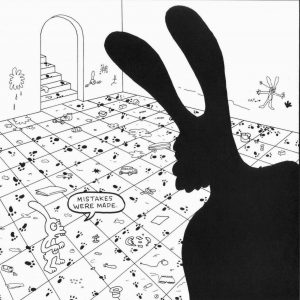by Michael Liss
The other shoe dropped. 
Anthony Kennedy’s idiosyncratic role as a Justice of the United State Supreme Court will come to an end a mere week from now. A lot of things are going to change.
Let’s start with the politics. Kennedy’s leaving cinches the conservative revolution (or counter-revolution) for at least a generation. For the first time in living memory, a conservative Supreme Court will be in position to review and bless the acts of a like-minded Congress and President.
This will occur regardless of who is confirmed (Trump’s list is one to which moderates need not apply), but, unless a bolt of lightning strikes, it’s going to be Brett Kavanaugh. Yes, there will be plenty of Kabuki before he gets measured for a new robe, but Kavanaugh is the one who rings every bell for both Republicans and Trump. He’s a Federalist Society member, reliably conservative on all the big issues, not afraid to advance his interpretation of the law even when it conflicts with precedent, and has a past history of partisan politics. His nomination even offers a prize in the Cracker Jack box—the unique, magnificent straddle of having worked aggressively for Ken Starr, but now being deeply committed to the idea that sitting Presidents should be immune from prosecution. Read more »

 Spectator sports can reflect a society’s worst inclinations by promoting pure partisanship.
Spectator sports can reflect a society’s worst inclinations by promoting pure partisanship.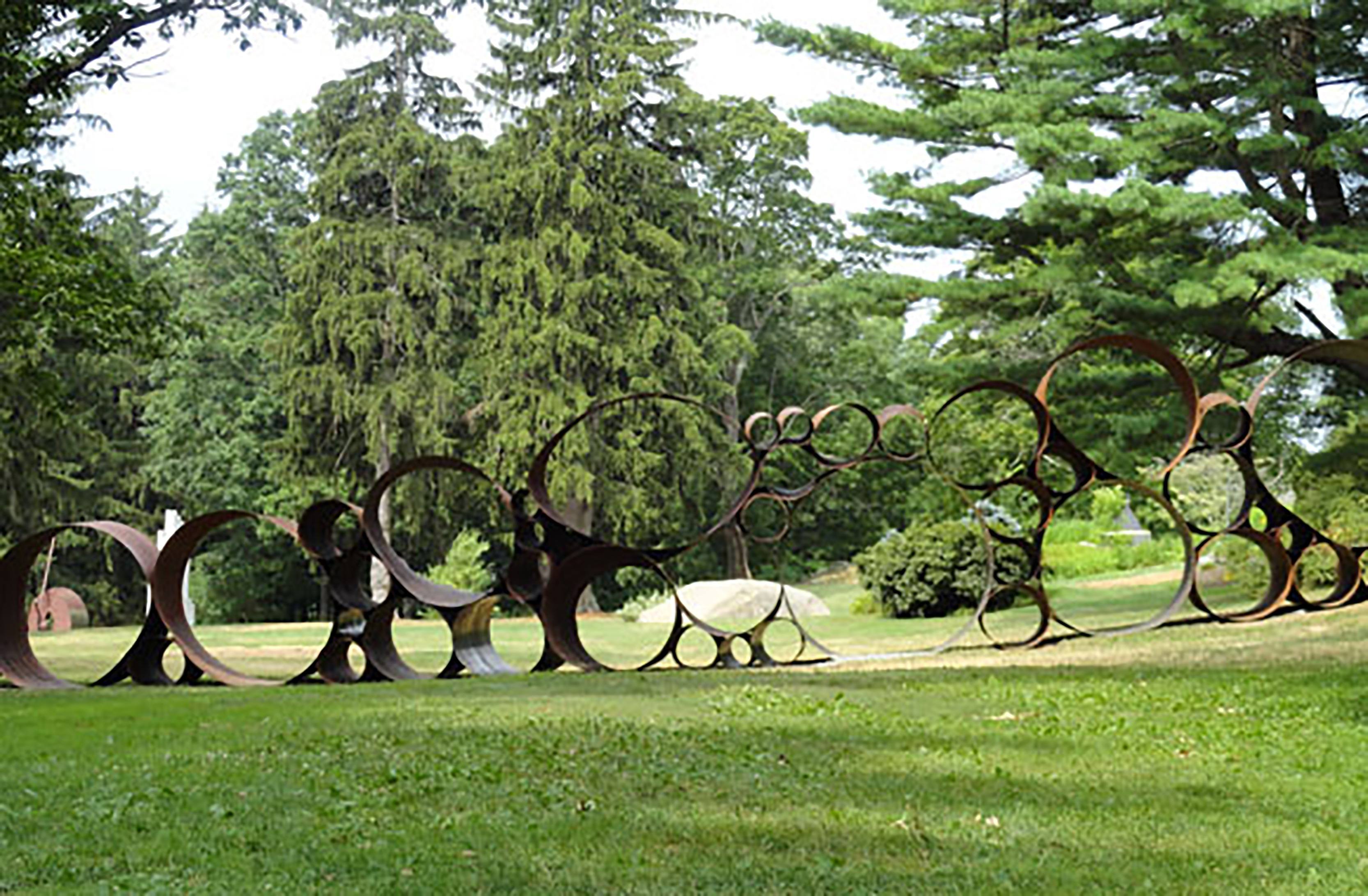

 I have a friend who is a travel agent. The days when we all talked on the phone to travel agents in order to book any travel are long gone. These days, for the most part, travel agents, the actual human ones, deal with business travel and high end travel for elites. My friend was telling me about being contacted by a client who was the high end elite type, at 3am, saying her email wasn’t working and could my friend text her their itinerary. Now putting aside the obnoxious behavior in expecting a reply from anyone at 3am, my first response was “doesn’t she use Tripit?” Or Google Trips, or even the airline mobile apps? At any given time, I can find all my travel details in all of those ways and sometimes others (business trips get automatically put in my Google calendar). Travel is so automated and online now, it’s amazing to me that anyone wouldn’t take advantage of these tools.
I have a friend who is a travel agent. The days when we all talked on the phone to travel agents in order to book any travel are long gone. These days, for the most part, travel agents, the actual human ones, deal with business travel and high end travel for elites. My friend was telling me about being contacted by a client who was the high end elite type, at 3am, saying her email wasn’t working and could my friend text her their itinerary. Now putting aside the obnoxious behavior in expecting a reply from anyone at 3am, my first response was “doesn’t she use Tripit?” Or Google Trips, or even the airline mobile apps? At any given time, I can find all my travel details in all of those ways and sometimes others (business trips get automatically put in my Google calendar). Travel is so automated and online now, it’s amazing to me that anyone wouldn’t take advantage of these tools. 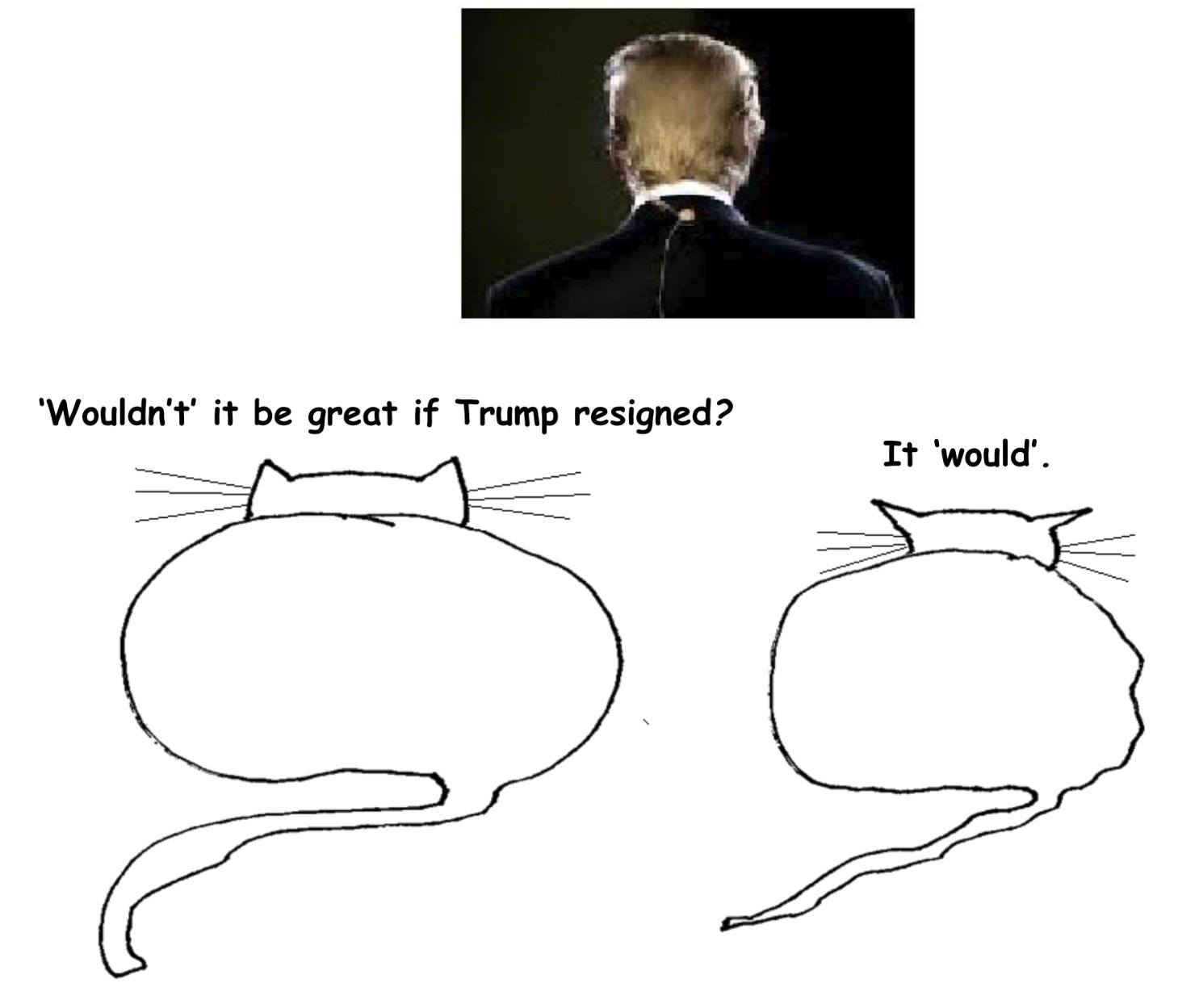


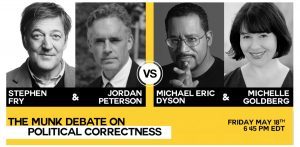 Although some may be heralding the end of free speech, 2018 has been a year of far-reaching debate and discussion. In the coming months, we can anticipate attending or streaming discussions ranging from such topics as the role of race in American politics to the nature of truth, from existential threats posed by artificial intelligence to the value of religion.
Although some may be heralding the end of free speech, 2018 has been a year of far-reaching debate and discussion. In the coming months, we can anticipate attending or streaming discussions ranging from such topics as the role of race in American politics to the nature of truth, from existential threats posed by artificial intelligence to the value of religion.
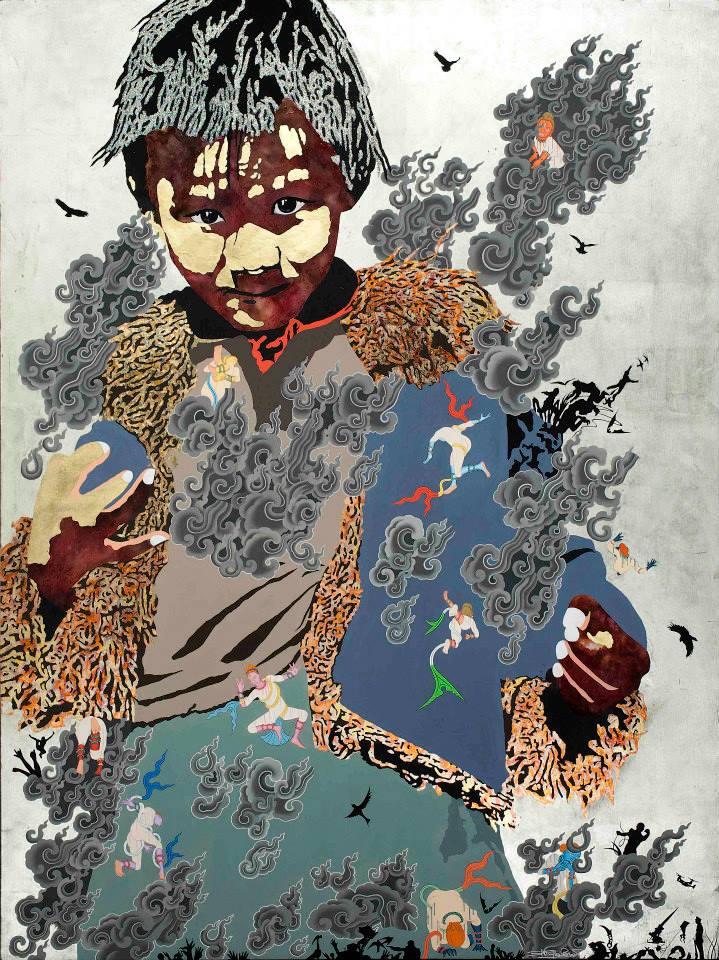

 How can we toggle the immune system’s “off switch”? How do we deactivate the cells and molecules which form an essential line of defense for our body and protect us against invading pathogens once their job is done? Persistent inflammation after pathogens are eliminated can be very harmful to the body because oxidants and other injurious molecules produced by immune cells end up attacking the body’s own tissues and organs instead of the pathogens.
How can we toggle the immune system’s “off switch”? How do we deactivate the cells and molecules which form an essential line of defense for our body and protect us against invading pathogens once their job is done? Persistent inflammation after pathogens are eliminated can be very harmful to the body because oxidants and other injurious molecules produced by immune cells end up attacking the body’s own tissues and organs instead of the pathogens. For someone who spent most of his life trying to get on Page Six, (the New York Post’s iconic gossip column), hitting Page One was pay dirt for Donald Trump. Now that he’s there, he means to stay there, devouring our attention for the foreseeable future. One could even argue that all his lies and deplorable actions are motivated by a single, sorry ambition, to be the center of attention at all times and in all places. Outrage sells.
For someone who spent most of his life trying to get on Page Six, (the New York Post’s iconic gossip column), hitting Page One was pay dirt for Donald Trump. Now that he’s there, he means to stay there, devouring our attention for the foreseeable future. One could even argue that all his lies and deplorable actions are motivated by a single, sorry ambition, to be the center of attention at all times and in all places. Outrage sells.